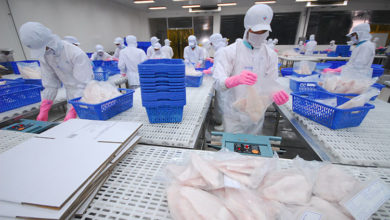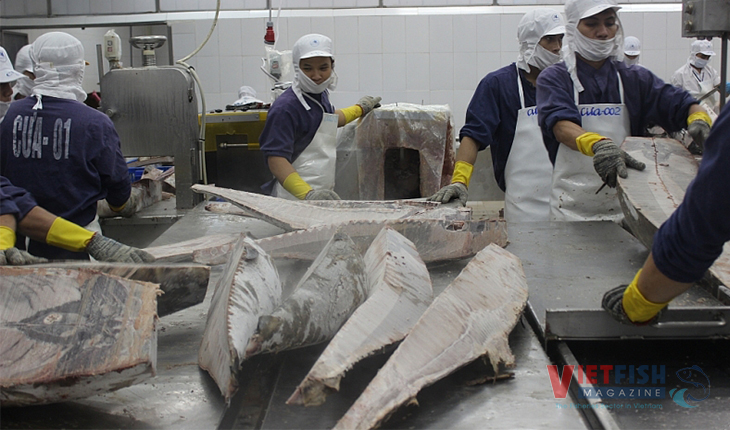Boosting Vietnamese pangasius exports through the CPTPP FTA
The Comprehensive and Progressive Agreement for Trans-Pacific Partnership (CPTPP) is considered a significant boost for the seafood industry, including pangasius. Implementing Free Trade Agreements (FTAs) has always facilitated businesses in expanding and diversifying markets, integrating Vietnamese seafood, including pangasius, more deeply into the global production and supply chain.
The CPTPP took effect in Vietnam on January 14, 2019. After five years of implementation, this new-generation FTA has opened opportunities for the export of Vietnamese pangasius to the CPTPP market bloc.
However, the period from 2019 to 2023 was marked by complex global fluctuations, including lockdowns due to COVID-19, sanctions from wars, and conflicts affecting transport routes, presenting many challenges for Vietnamese pangasius to reach CPTPP member countries. The year 2023 was the toughest in the past decade for pangasius exports, with CPTPP being no exception. Nonetheless, compared to other markets, the export value of pangasius to the CPTPP remained acceptable amid the overall decline. In 2023, five years after the CPTPP took effect, pangasius exports to Canada reached 37 million USD, down 34% from 2022 and 22% from 2018, the year before the FTA took effect. Previously, in 2022, the export value to Canada was 56 million USD, up 17% from 2018.
Negotiating to open markets for agricultural, forestry, and fishery exports, including pangasius, is challenging. However, under the CPTPP, partners have generally eliminated and reduced tariffs to 0% for most Vietnamese seafood products, including pangasius, immediately after the FTA took effect.
In 2024, as inventory from the massive imports in 2022 dwindles, pangasius exports began to recover and thrive in some markets, including the CPTPP bloc. This market mainly consumes frozen pangasius fillets from Vietnam. Customs data show that in the first five months of this year, exports of this product to the CPTPP bloc reached nearly 89 million USD, up 6% from the same period last year, accounting for 87% of the proportion and 15% of the total value of Vietnam’s frozen pangasius fillet exports to all markets.
Additionally, exports of other pangasius products to the CPTPP bloc also recorded growth in the first five months of this year. As of the end of May 2024, the export value of whole frozen pangasius segments/whole butterfly-cut fish, pangasius fish bladder, and other HS code 03 products (excluding HS code 0304 fish) reached 9 million USD, up 20% from the same period, accounting for 9% of the proportion and 7% of the total value of these products exported to all markets. Exports of value-added pangasius products to the CPTPP bloc reached nearly 5 million USD, up 55% from the same period in 2023, accounting for 5% of the proportion and 37% of Vietnam’s total value-added pangasius exports to all markets.
According to the latest data from Vietnam Customs, in the first half of June 2024, the export value of Vietnamese pangasius to the CPTPP bloc reached 12 million USD, up 23% from the same period in 2023. As of June 15, 2024, cumulative pangasius exports to the CPTPP bloc reached 114 million USD, up 10% from the same period. Among these, Mexico was the largest importer of Vietnamese pangasius, with a value of 31 million USD, up 7%; Japan imported 18 million USD, up 35%; Canada imported 18 million USD, up 15%; and Singapore imported 16 million USD, up 0.2% from the same period last year.
In the last six months of 2024, pangasius exports to the CPTPP bloc are expected to continue the growth momentum of the first half of the year as prices and demand gradually stabilize. To achieve this, businesses need to enhance their competitiveness, study the benefits that the agreement brings in terms of tariffs, and seize opportunities to increase exports.
VFM






